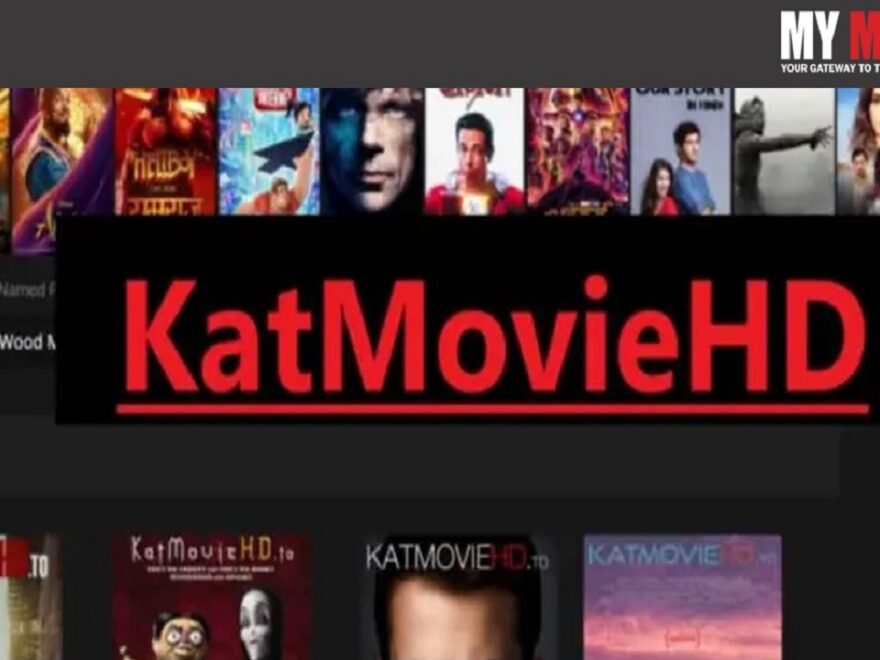Exploring the Evolution of Hollywood Movies: From Silver Screen
Hollywood, the iconic birthplace of the modern film industry, has captivated audiences worldwide for over a century. From the silent era classics to today’s blockbuster extravaganzas, Hollywood movies have undergone a remarkable evolution, reflecting the changing tastes, technologies, and cultural landscapes of their times. In this comprehensive exploration, we delve into the rich history and enduring appeal of Hollywood cinema, tracing its journey from the silver screen to the digital age of streaming.
The Golden Age of Hollywood:
The Golden Age of Hollywood, spanning roughly from the 1920s to the 1960s, marked a period of unprecedented growth and innovation in American cinema. Studios like MGM, Warner Bros., and Paramount churned out a plethora of iconic films that defined the era. From the glamorous musicals of Fred Astaire and Ginger Rogers to the sweeping epics of Cecil B. DeMille, Hollywood set the standard for cinematic excellence.
The advent of sound revolutionized the industry with the release of “The Jazz Singer” in 1927, paving the way for the talkies and transforming how stories were told on screen. This era also saw the rise of legendary stars like Humphrey Bogart, Marilyn Monroe, and Audrey Hepburn, whose charisma and talent captivated audiences around the world.
The Studio System:
Central to Hollywood’s success during the Golden Age was the studio system, a vertically integrated model that controlled every aspect of film production, distribution, and exhibition. Studios wielded immense power over actors, directors, and writers, often signing them to long-term contracts and dictating their creative output.
Despite its drawbacks, the studio system fostered a sense of camaraderie and collaboration among filmmakers, leading to the creation of timeless classics like “Gone with the Wind,” “Casablanca,” and “The Wizard of Oz.” However, the system also stifled artistic freedom and innovation, prompting a wave of independent filmmakers to challenge the status quo in the decades to come.
New Hollywood and the Rise of Auteurs:
The 1960s and ’70s witnessed a seismic shift in Hollywood with the emergence of the New Hollywood movement. Filmmakers like Martin Scorsese, Francis Ford Coppola, and Steven Spielberg challenged traditional storytelling conventions, pushing the boundaries of cinema with bold experimentation and provocative themes.
At the forefront of this revolution were the auteurs, visionary directors who imbued their films with a distinct artistic vision and personal style. From Scorsese’s gritty urban dramas to Coppola’s epic sagas, these filmmakers ushered in a new era of creative freedom and expression, paving the way for future generations of storytellers.
Blockbusters and Franchise Fever:
The 1980s heralded the rise of the blockbuster era, fueled by advancements in special effects and the growing influence of merchandising and franchising. Films like “Star Wars,” “Indiana Jones,” and “Back to the Future” became cultural phenomena, spawning sequels, spin-offs, and entire cinematic universes.
As Hollywood increasingly prioritized spectacle over substance, critics lamented the decline of originality and artistic risk-taking in mainstream cinema. Yet, amidst the sea of sequels and reboots, filmmakers continued to push the boundaries of visual storytelling, exploring new genres, themes, and narrative techniques.
The Digital Revolution:
The dawn of the digital age in the late 20th century brought about profound changes in how movies were made, distributed, and consumed. The rise of computer-generated imagery (CGI) revolutionized visual effects, allowing filmmakers to create immersive worlds and breathtaking spectacles previously unimaginable.
Simultaneously, the advent of home video, DVD, and later, streaming platforms democratized access to films, enabling audiences to enjoy their favorite movies anytime, anywhere. Streaming giants like Netflix, Amazon Prime, and Disney+ disrupted the traditional studio model, challenging Hollywood’s dominance and reshaping the entertainment landscape.
The Future of Hollywood Cinema:
As Hollywood grapples with the challenges of a rapidly evolving industry, one thing remains certain: the enduring power of storytelling. Whether on the silver screen or streaming platform, audiences will always crave compelling narratives that entertain, inspire, and provoke thought.
In the years to come, Hollywood will continue to adapt and innovate, embracing emerging technologies like virtual reality (VR), artificial intelligence (AI), and interactive storytelling to engage audiences in new and exciting ways. Yet, amidst the ever-changing landscape, the heart of cinema will remain unchanged: the magic of seeing our dreams and imaginations come to life on the big screen.
Conclusion:
From its humble beginnings in the early 20th century to its global dominance in the digital age, Hollywood cinema has left an indelible mark on the world of entertainment. Through triumphs and tribulations, Hollywood movies have endured, captivating audiences with their timeless stories, unforgettable characters, and breathtaking visuals.
As we look to the future, one thing is certain: the legacy of Hollywood will continue to inspire and entertain generations to come, reminding us of the enduring power of cinema to transcend boundaries, unite cultures, and ignite our collective imagination.

